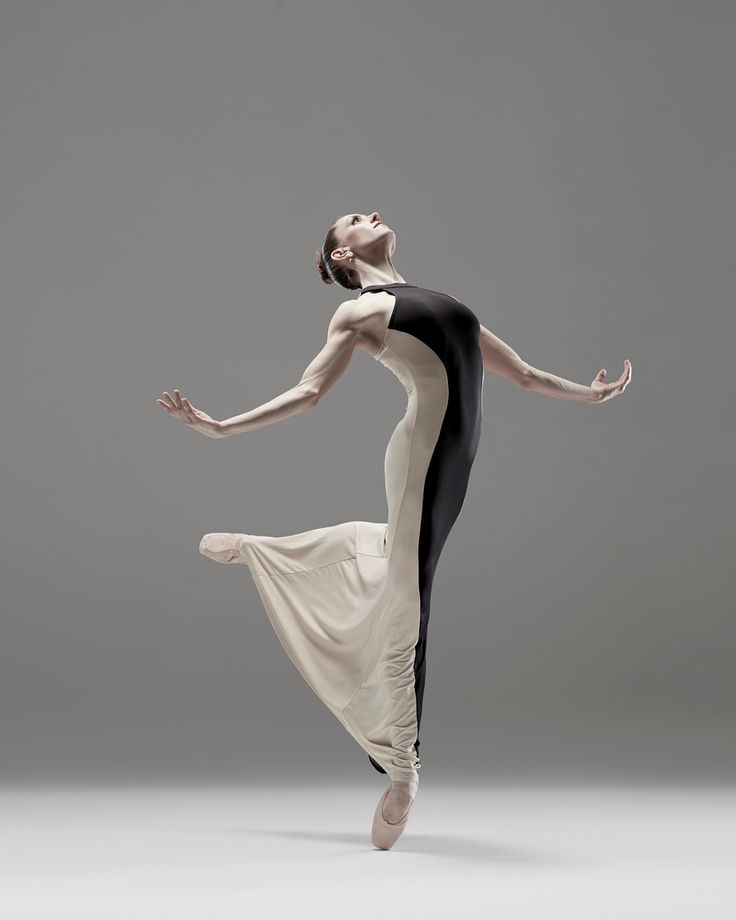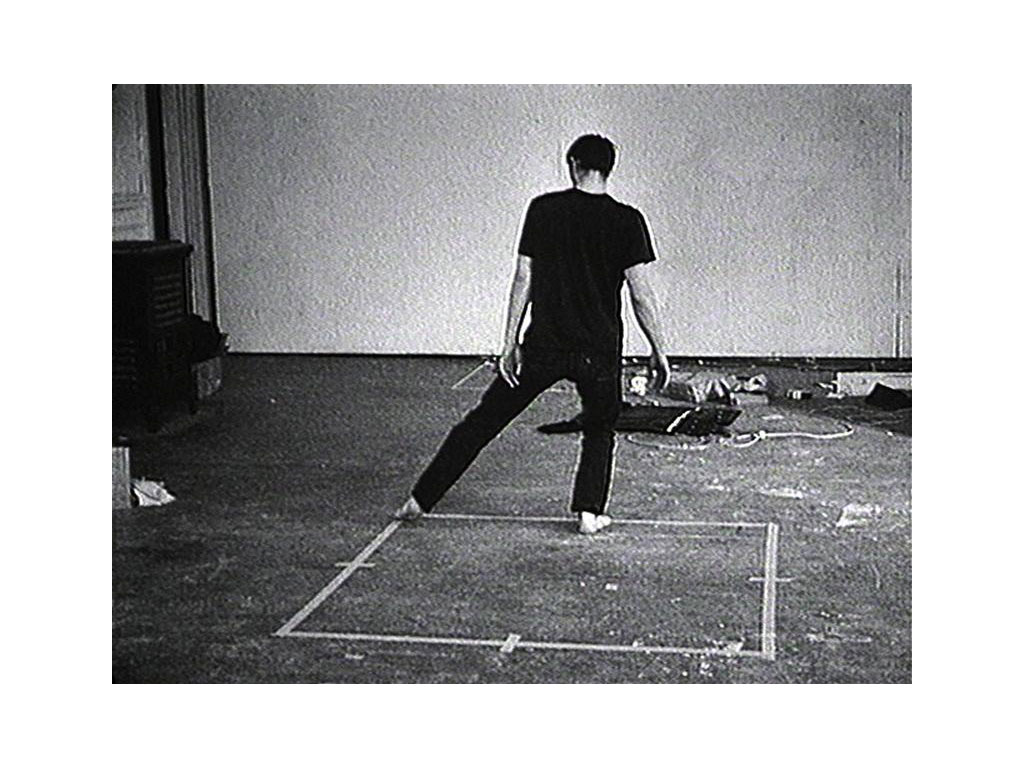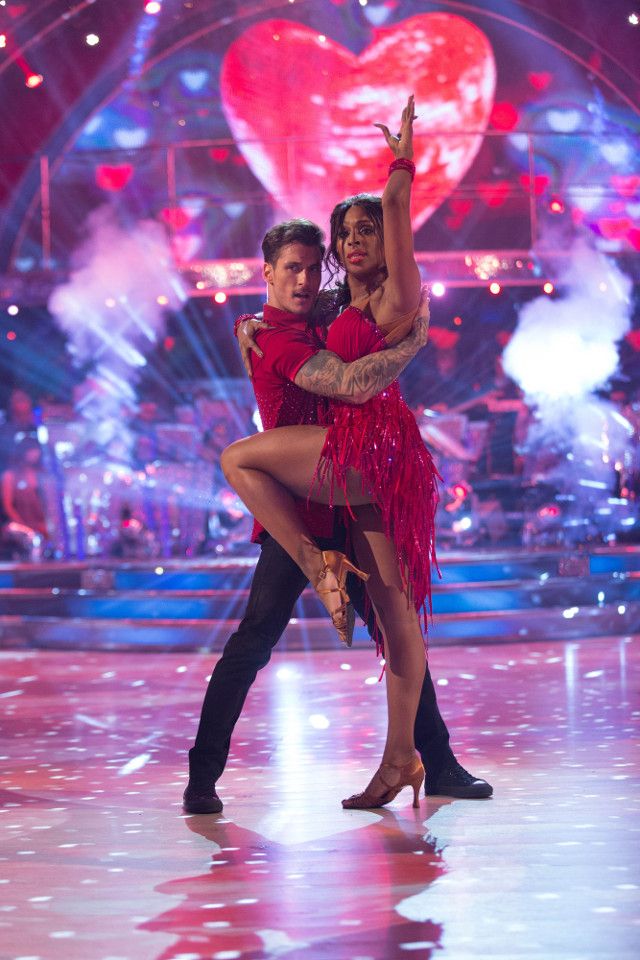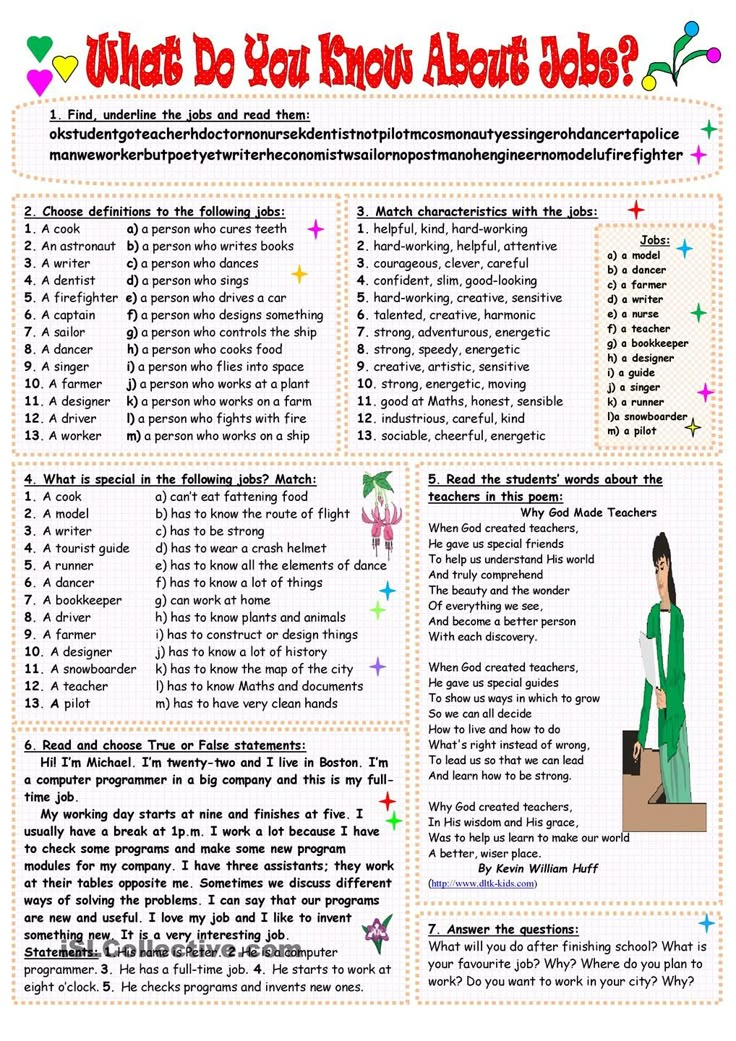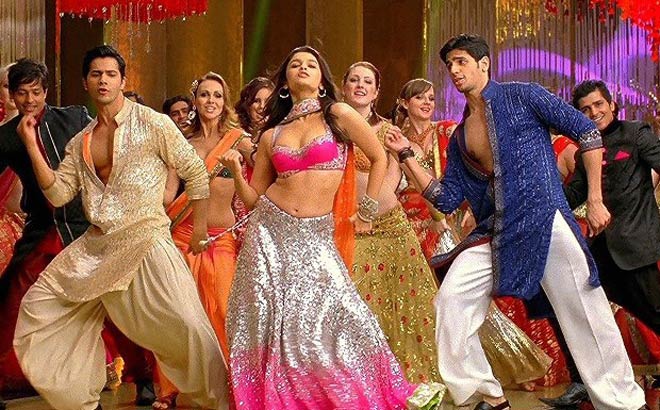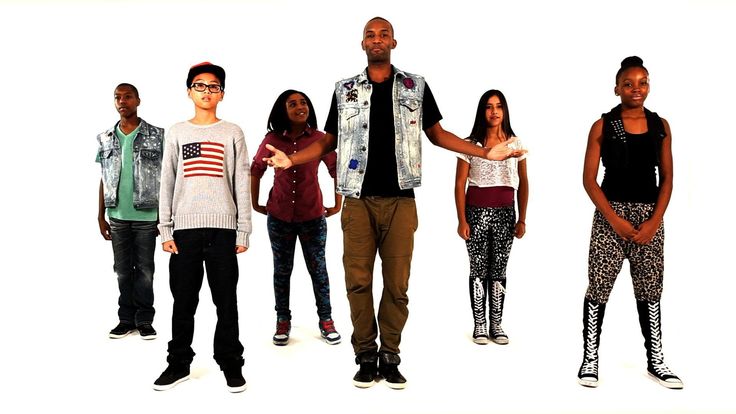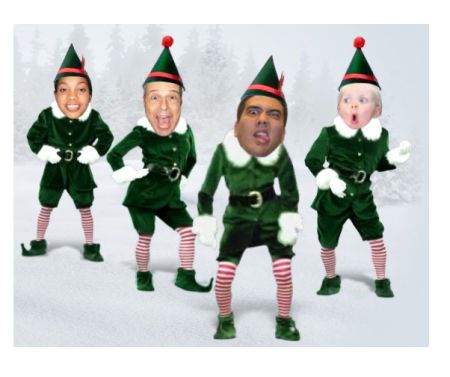How to be the best ballet dancer
How to Be the Best Ballet Dancer in Your Class
If only there were a magical potion that you could take and be the best ballet dancer in your class. Right? Truth is — there’s no secret sauce to becoming the best. It’s all hard work. But to be the best requires that you have the “Best” mindset.
Wanting to be the best is easy. But actually becoming the best is much harder.
To be the best ballet dancer in your class it’s important that you work hard, learn, and practice.
Every dancer has areas that she/he may be weaker in, and being able to learn and practice until those areas are perfect is key to not just become the best in your class, but the best dancer you can be.
Here are three areas that you can work on immediately to become the best dancer you can be.
1. Focus on strength, endurance and flexibility. The sooner you start cross-training, the sooner you’ll build much-needed stamina and strength that helps to prevent injury. Focusing on your core and stabilizer muscles will make it easier for you to perform the various movements required by ballet.
2. Practice your positions and steps. A big part of becoming the best is having impeccable form. The only way you’ll get there is if you practice, practice, practice.
3. Listen to your teachers. Your teachers have trained hundreds of dancers and most gone through professional training. They know what you need to work on in order to constantly improve. Never be afraid to ask your teachers what areas they think you can improve on and tips that can help you improve.
Stella Abrera, American Ballet Theatre principal
A post shared by Stella Abrera (@stellaabreradetsky) on
“It can feel overwhelming to try to balance everything in your life right now—academics, ballet training and competitions, the first glimmer of romance and your unsuccessful efforts to always appear cool.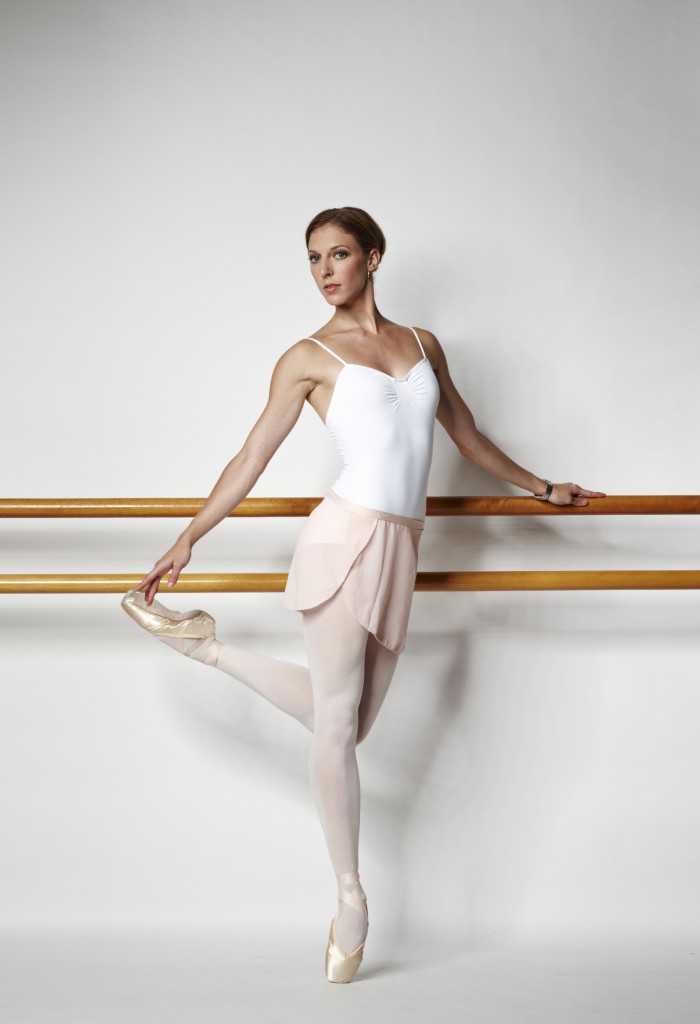 Decompress by taking time for your other interests, such as cooking, reading and just hanging out with your buddies.
Decompress by taking time for your other interests, such as cooking, reading and just hanging out with your buddies.
Start cross-training now; it’ll build stamina and help prevent injury. Focus especially on strengthening your core, as well as all those little stabilizing muscles. And stop lugging that enormous backpack full of textbooks on just one shoulder! Use a rolling bag, just like Dad advises (and don’t get mad at him for being right about most things). Get massages and stretch consistently. Be aware of which foods make you feel healthy, energized and strong.”
Linda Celeste Sims, Alvin Ailey American Dance Theater
A post shared by Linda Celeste Sims (@lindacelestesims) on
“To be a dancer, you must be courageous! I’m going to be honest with you: Dance is one of the most difficult, challenging—and rewarding—professions out there. You’ll struggle with not being the best, and you’ll face impatience, doubt, insecurity, frustration and jealousy, as well as a constant need for perfection and attention. But you can overcome all this.
You’ll struggle with not being the best, and you’ll face impatience, doubt, insecurity, frustration and jealousy, as well as a constant need for perfection and attention. But you can overcome all this.
Use your emotions for good. Try to become stronger each day. Think positively and make the studio a retreat where you can escape and focus on yourself. Negativity is not a place of happiness. Positive competition is good, but don’t ever look in the mirror and think, Why don’t I look like her? God made us all different, so each of us has something special and unique to say with our gifts.”
Sascha Radetsky, former American Ballet Theatre soloist
A post shared by Stella Abrera (@stellaabreradetsky) on
“Savor your moments on stage; relax and soak it all in.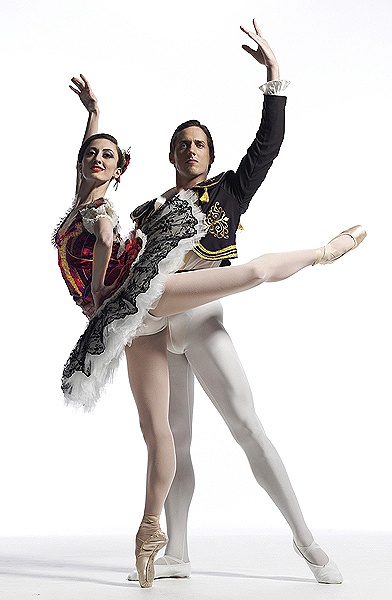 Take pleasure in moving through well-crafted choreography. Don’t sweat the small mistakes—they’re part of your development as an artist. Let the unique camaraderie of kindred spirits give strength to your performances. Remember that to dance at your best, you need to purge your mind of petty doubts and distractions. While this is no simple feat, it can be achieved through an awareness of the transient nature of this career.
Take pleasure in moving through well-crafted choreography. Don’t sweat the small mistakes—they’re part of your development as an artist. Let the unique camaraderie of kindred spirits give strength to your performances. Remember that to dance at your best, you need to purge your mind of petty doubts and distractions. While this is no simple feat, it can be achieved through an awareness of the transient nature of this career.
The path you’re setting foot upon won’t always be smooth. Try to keep things in perspective. There’s an entire world out there beyond the little bubble that is ballet. Break free of that bubble from time to time, and you’ll evolve both as an artist and human being. Have faith that despite the ups and downs and inherent hairdo limitations, this course you’ve chosen can be beautifully rewarding.”
Chloé Arnold, tapper and co-founder of Syncopated Ladies
A post shared by Chloe Arnold (@chloearnoldtaps) on
“Dream huge, set your goals high and don’t let anything throw you off your path.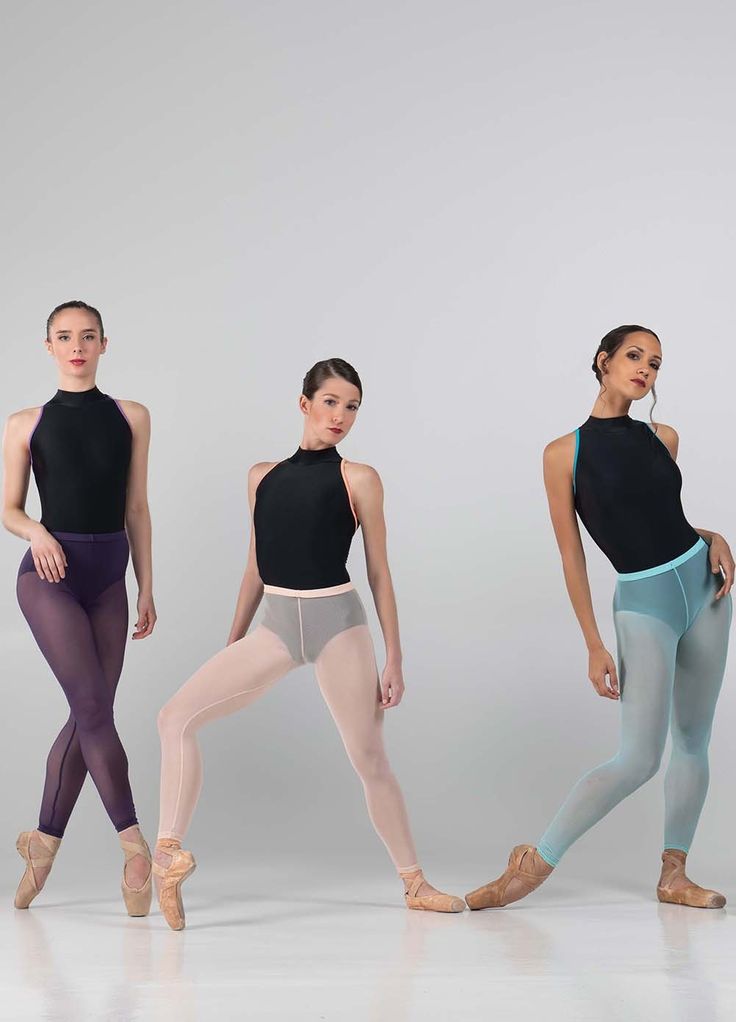 Train with passion, focus and determination. A strong foundation will earn you respect in your field.
Train with passion, focus and determination. A strong foundation will earn you respect in your field.
Be yourself: Wear your hair big and wild, rock the clothes that inspire you and tap your heart out! Your passion will take you around the world, and bring joy and happiness to your life and others’. Stay humble, be thankful and don’t let anybody steal your sunshine!”
PeiJu Chien-Pott, Martha Graham Dance Company principal
A post shared by PeiJu Chien-Pott ✨ 簡珮如 (@peiju_chienpott) on
“Great dancers challenge themselves and always push for more. Challenge is what makes you grow and become stronger. Competition, stress and injury are the three most difficult struggles you’ll face. Keep your spirits up! You’ll gradually learn how to adjust. You’re unique—just be yourself.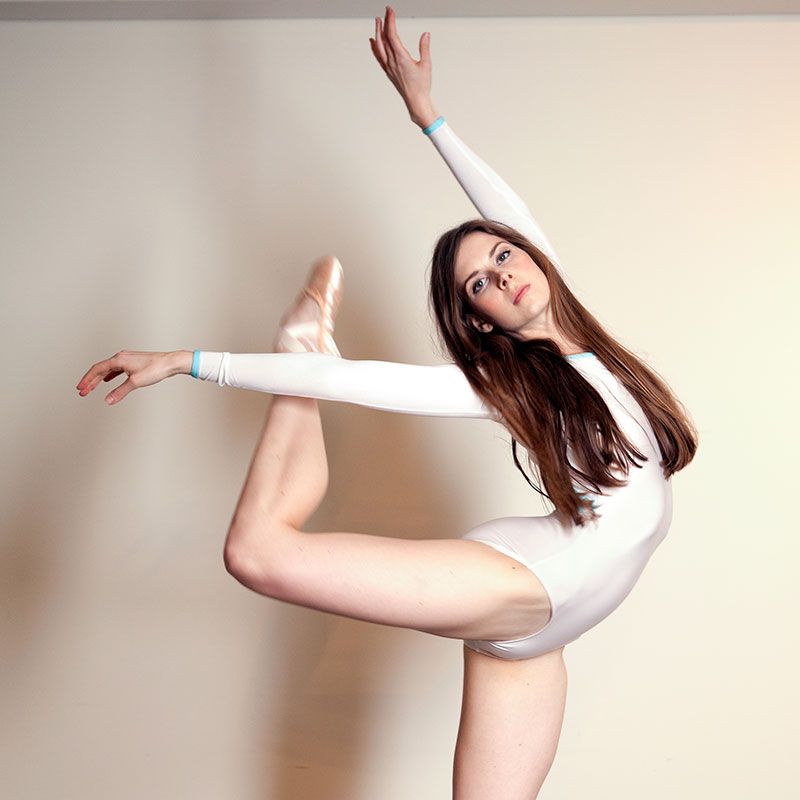
I know that preparing for performances is stressful for you. Try to find simple ways to help yourself feel better. Little treats may do the trick. Keep some dark chocolate in your dance bag, and when you’re stressed, have a bite—you’ll instantly feel like you’re in heaven.”
Val Chmerkovskiy, “Dancing with the Stars” ballroom pro
A post shared by Valentin (@iamvalc) on
“Be proud of what you’ve accomplished, but more importantly, be grateful: for your parents’ sacrifice, for your teachers’ influence, for your supportive friendships and for all of the opportunities that life has presented…and is yet to present.
Don’t dwell on your successes. Take a moment to appreciate them, but don’t let your ego prevent you from seeking continuous improvement and personal growth.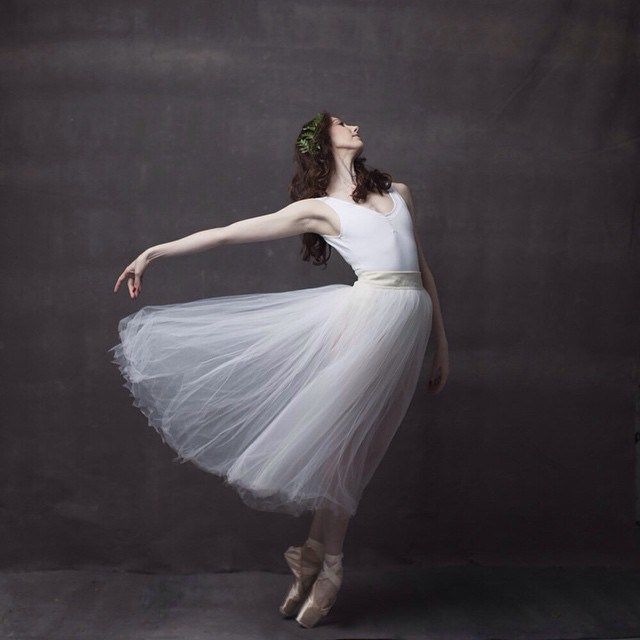 Keep expanding your knowledge and always surround yourself with people who share the same ambition for personal development. As long as you learn, you live!”
Keep expanding your knowledge and always surround yourself with people who share the same ambition for personal development. As long as you learn, you live!”
Martha Nichols, commercial dancer and choreographer
A post shared by Martha Nichols (@nichols14) on
“You’re a work in progress. Have patience. Patience isn’t a synonym for waiting. It requires work, faith and endurance. Work toward what you want. If you don’t have it yet, there’s more work to be done. Study your craft. Don’t rush or give yourself unrealistic time frames. Take the time to do it right. Don’t focus on what you don’t have; this is a distraction. Focus on what you do have, and how to make it better.
Every so often, ask yourself why you want you want. Check in.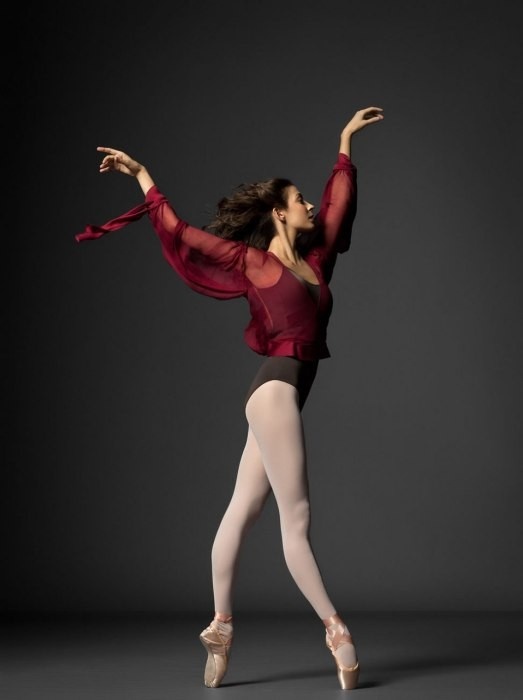 Be open to your evolution. Be open to experience. Stay present and let your light shine. Remember loyalty, longevity, depth and respect over fame.”
Be open to your evolution. Be open to experience. Stay present and let your light shine. Remember loyalty, longevity, depth and respect over fame.”
Jessica Lee Goldyn, Broadway dancer
A post shared by Jessica Lee Goldyn (@jessicaleegoldyn) on
“Live one day at a time and enjoy every moment. Take care of your body. Always warm up. Eat healthy, and stop obsessing over what you see in the mirror. You’re beautiful.
Don’t put so much pressure on yourself to be perfect—you’re perfect just the way you are. You’ll never please everyone, so focus on what makes you happy. I know you’ve sacrificed so much to do what you love, and you’ve missed out on a lot socially. But don’t worry about being ‘normal.’ You’re not normal, and you never will be. It’s your dorky, silly, zero-inhibition self that makes you wonderful.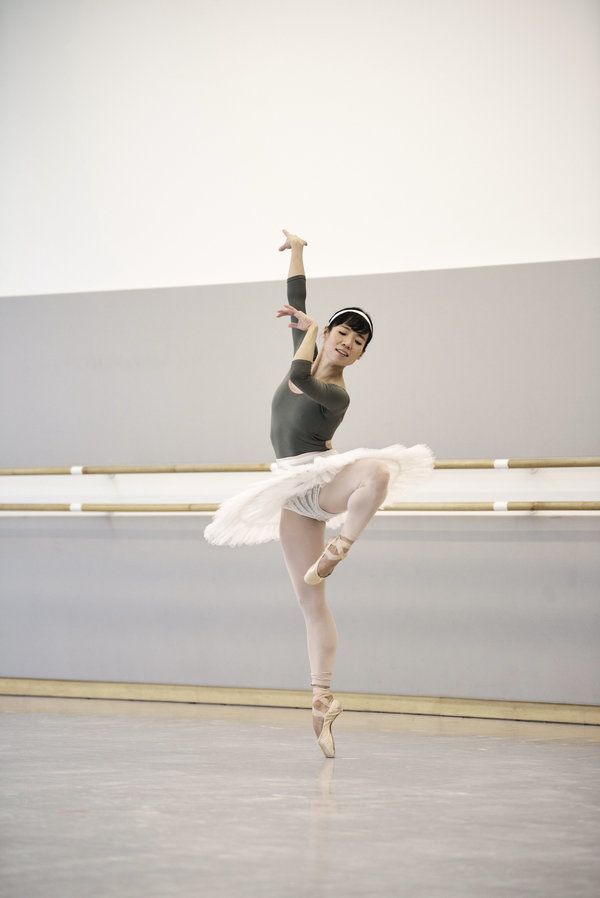
Remember there’s more to life than singing, dancing and acting. After all, the more life experiences you have to draw from, the richer your performances will be. So live!”
Stacey Tookey, contemporary dancer, and choreographer
A post shared by Stacey Tookey (@sjtookey) on
“Don’t let fear hold you back. Being scared is an essential part of life. If you believe in your talent, you’ll discover that you’re the only person standing in your way.
Work hard at achieving perfection, but don’t beat yourself up. Being overly self-critical works to your disadvantage. (When you roll your eyes at yourself because you messed up a combination, it can be perceived as having a bad attitude.) Lighten up! It’s OK to make mistakes.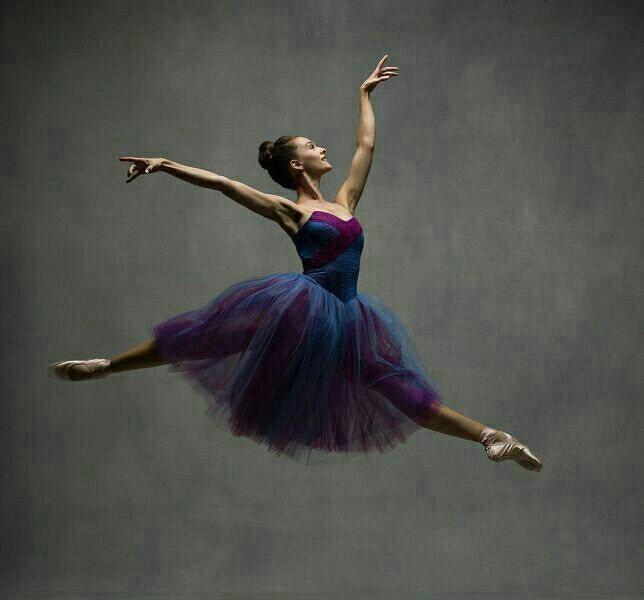
You’ll have ups and downs, but trust in the fact that you’re on the right track. Try not to be in a hurry to achieve everything all at once, because if you rush you’ll miss the fun of it all. The race is long, and in the end, it’s only with yourself.”
Jennifer Stahl, a principal dancer at the San Francisco Ballet
A post shared by Jennifer Stahl (@jenstahl.weitz) on
“There are definitely times when it’s hard and you can lose track of the big picture and what’s really important,” Stahl said. “I think the key is being patient with yourself. It’s easy to want to just be back full force, but it’s important to know that every little step adds up, even if it’s tiny.”
The Ideal Ballet Body - Dance Informa Magazine
By Brian Nolan.
GRD DIP, GRD CRT, BA, DIP, RAD TC.
In the world of classical ballet, our instrument is our physique, which is infinitely complicated, astonishingly diverse, extraordinarily functional, artistically imposing and at the very least – aesthetically pleasing. If we are lucky, work hard, are conscientious with our training and everything falls into place our instrument can then become our servant.
As dancers, we become very aware of what our body looks like. At each class or rehearsal we attend, we generally wear tight fitting clothes, dance enthusiastically in front of mirrors and are constantly comparing ourselves with others in the room. A dancer has to look at themselves for many hours in a day and/or accumulative in a week and as a result, we become very conscious of our shape.
Do I have to be short?
The origin of classical dance came from King Louis XIV, but the origin of the classical figure or body type is said to come from a young dancer by the name of Marie Camargo who in the eighteenth century became a prominent figure in the theatre. She was said to be light-footed, very artistic with an assured technique, and most notably shorter than all of the male dancers on the stage. As Camargo became famous, every aspiring female dancer wanted to perform in the same company as she. Before her debut on the stage, ballet dancers of that era were not conventionally small, but, due to her popularity, the new figure became mandatory to succeed in the world of ballet. Thus, the 5’ 5” (165 cm) dancer emerged and soon it was the standard for all for decades. Sadly, as girls reached 5’5” their dreams would be shattered at the realization that they would never be the next Camargo. The company, aware of her extraordinary ability and popularity soon refused any new dancers who were taller than its star performer. Luckily for the taller dancers of today, this height restriction is no longer adhered to by most companies.
She was said to be light-footed, very artistic with an assured technique, and most notably shorter than all of the male dancers on the stage. As Camargo became famous, every aspiring female dancer wanted to perform in the same company as she. Before her debut on the stage, ballet dancers of that era were not conventionally small, but, due to her popularity, the new figure became mandatory to succeed in the world of ballet. Thus, the 5’ 5” (165 cm) dancer emerged and soon it was the standard for all for decades. Sadly, as girls reached 5’5” their dreams would be shattered at the realization that they would never be the next Camargo. The company, aware of her extraordinary ability and popularity soon refused any new dancers who were taller than its star performer. Luckily for the taller dancers of today, this height restriction is no longer adhered to by most companies.
So what is the ideal female ballet body today?
Most experts concur that your body’s proportions are critical to having the ideal physique for dance.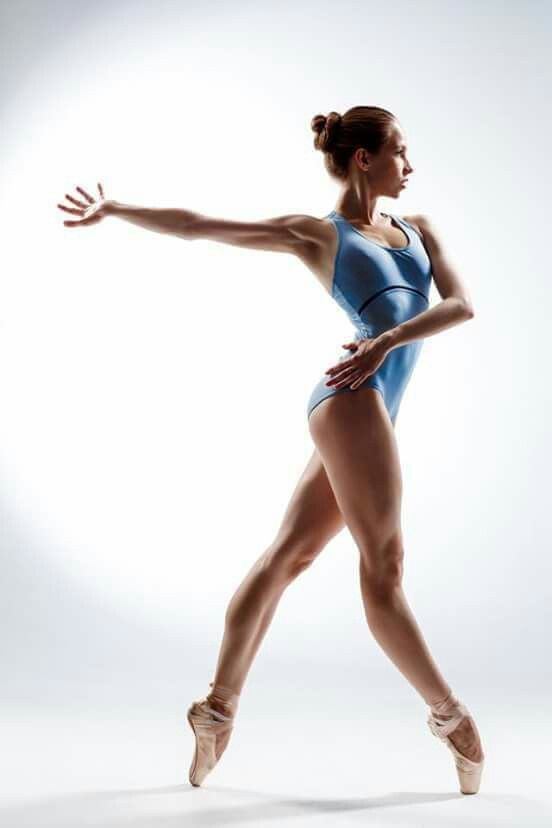 Apart from the aesthetic consideration, a well-proportioned body should endure the stresses and strains of the workload required of it with greater ease than one in which there is some contradiction. In reviewing the physique, we are examining the dancer who is hoping to enter a training institute of higher learning at an elite level or is aspiring to be a professional.
Apart from the aesthetic consideration, a well-proportioned body should endure the stresses and strains of the workload required of it with greater ease than one in which there is some contradiction. In reviewing the physique, we are examining the dancer who is hoping to enter a training institute of higher learning at an elite level or is aspiring to be a professional.
In reality, the ideal physique for a female classical dancer is slim, with a long neck, a shortish to medium length torso, long legs with complimentary long arms and high insteps.
The height requirements of dancers are really designated by the ballet companies hiring. Most ballet company’s average height for a female is approximately 167cm. However, in Europe some companies require females to be no taller than the traditional 165cm, while others have a minimum height of 173cm. One company I know has their lead female principal dancer at a height of 184 cm!
An elite school will in general try to adhere to a standard body type, with the ideal physique for the female classical dancer generally shaped by the requirements of the ballet company attached to it or by companies relative to that region, area or country and/or simply by the height of the male dancers available.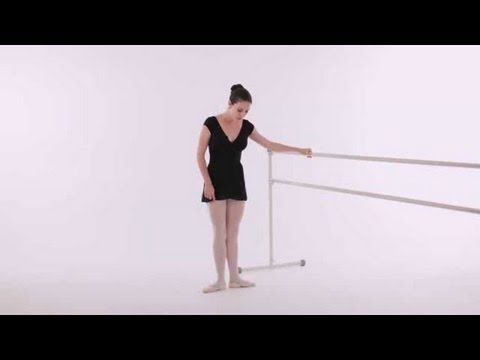
It is important to recognize that in the professional arena a mature dancer’s physique does not necessarily have to be (and probably won’t be) the same as the physique of a student in training. What might be acceptable to a ballet company might not necessarily be acceptable to an elite or national school. Companies want talent and talent comes in all shapes and sizes. Few companies will turn down an exceptionally talented dancer just because their torso is a bit long or their legs are a bit short, they might not have the best feet, or they are too tall or a little short – if they are truly talented, they are seriously considered.
Do I need to be thin?
At an elite level, slim is better than thin. Genetics play the biggest role in determining one’s physical shape. The size and shape of your parents determines the outcome of the female form. Puberty is the main contributor to the eventual physique of young girls. A girl can have a lovely physique at 11 or 12, go through puberty and sadly develop a less than ideal shape required of them to continue to the elite level.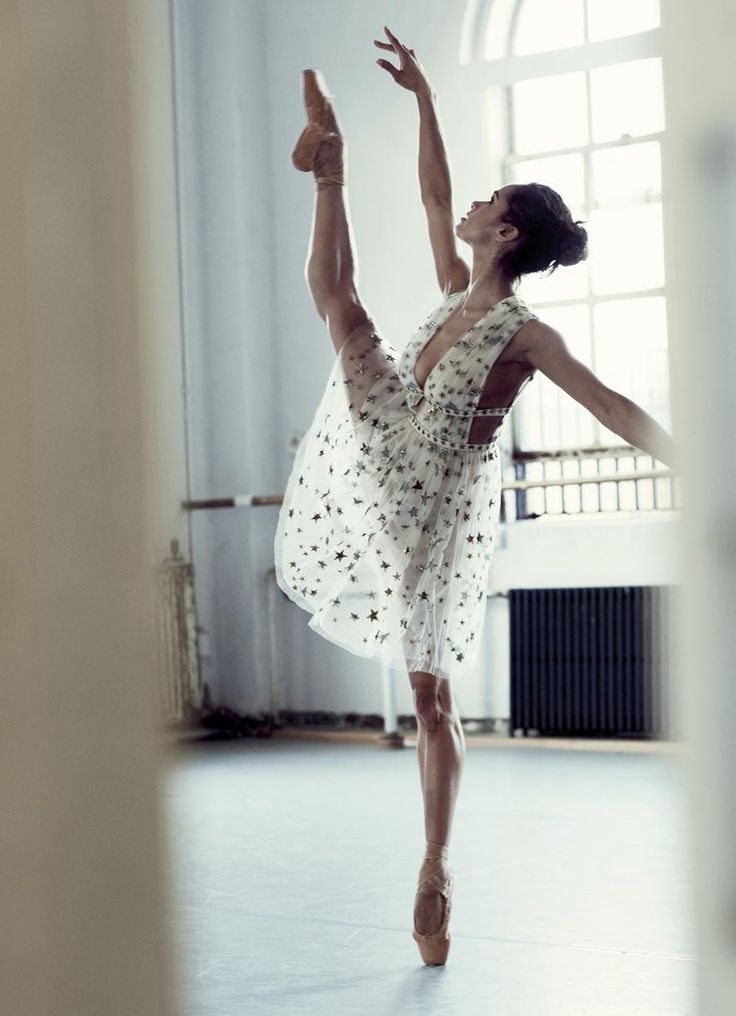 Some might simply have an odd shape until around 17 or so, and then mature into a perfectly acceptable dancer’s physique – so don’t give up if you are not the idyllic type! If you do not conform to the normal standards, remember that it is one thing to have the ideal physique, but unless its facility is qualitative, it is of little use – so in most cases talent prevails!
Some might simply have an odd shape until around 17 or so, and then mature into a perfectly acceptable dancer’s physique – so don’t give up if you are not the idyllic type! If you do not conform to the normal standards, remember that it is one thing to have the ideal physique, but unless its facility is qualitative, it is of little use – so in most cases talent prevails!
In general, during the intense training stage (12 -17 and especially 14 – 17) it is important for girls (regardless of the shape) to be ‘slight’, and the main reason for this is due to the opposite gender – the boys. At this level, pas de deux classes are imperative to the training of all classical dancers. Lifting is an essential part of class work, however, it only takes seconds for a lift to go wrong and for young male dancers to injure their backs. If the males are not strong enough to fully support the weight they are lifting they will generally hyper-extend their backs and possible chronic injuries to the lumbar thoracic and middle thoracic areas of the back can occur.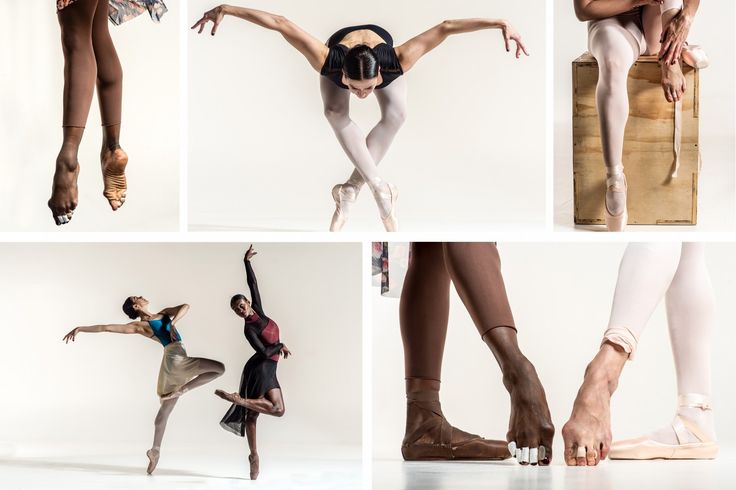
Adam Bull and Amber Scott in Swan Lake. Photo Jim McFarlane
Pointe for girls is what pas de deux is for boys. Today, without good strong and aesthetically pleasing feet en pointe, girls have little chance of entering the pure classical arena. Boys on the other hand, need to be strong and physically capable of lifting girls with consummate ease and with little or no strain on their body during the execution. As males generally mature at a later stage than girls do, girls need to be ideally slim or light so the demands on the boys’ bodies during lifts aren’t too great. The girls (in general) also need to be shorter than the boys due to their increase in height en pointe.
A prime example of this is talented Australian Ballet Principal Dancer Adam Bull (who trained under me from 6 to 17 years of age). At 17 he was about 175 cm tall, he was thinner than most the girls in his class and lighter than 70% of them. So lifting in pas de deux (even though he had a gym-strengthening program) was very difficult as physically he was just too immature.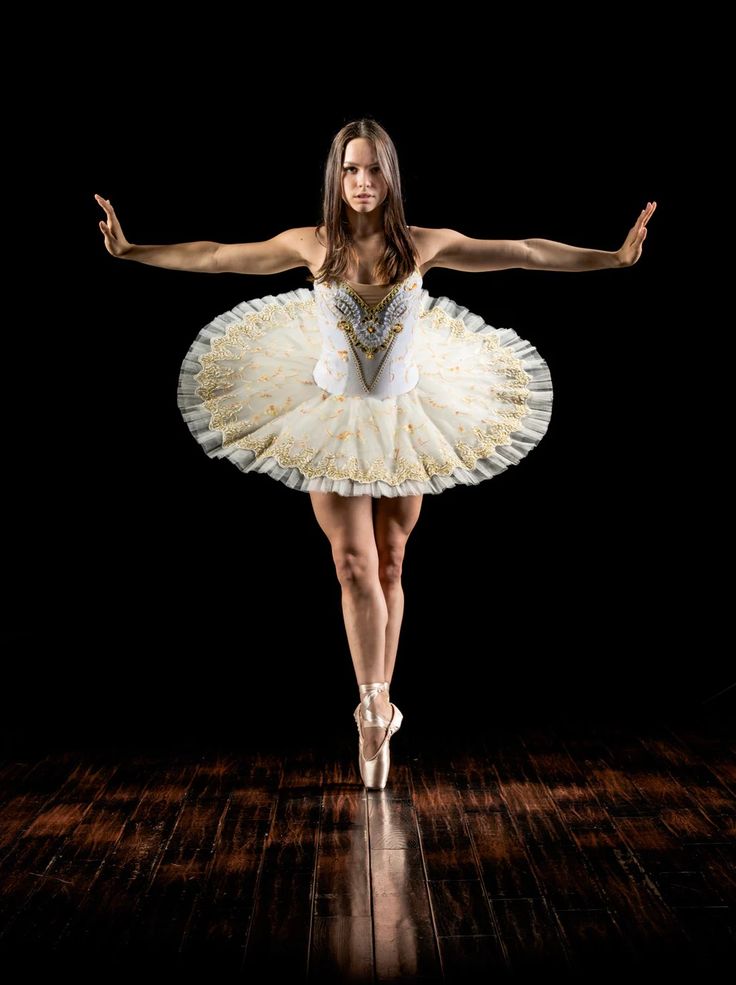 Adam also has a very flexible back and the probability for him to hyper-extend it while lifting was imminent. As I had studied Human Movement, I was very conscientious of his development and, along with other boys similar to him, I was very selective with who he was allowed to lift and what lifts he was allowed to do. As a result, Adam was never injured in the entire 11 years I trained him. Further to this, within the next two years he grew to a staggering 195 cm (6’ 4”) in height and it was not until he was into his twenties that he ‘grew’ into his body!
Adam also has a very flexible back and the probability for him to hyper-extend it while lifting was imminent. As I had studied Human Movement, I was very conscientious of his development and, along with other boys similar to him, I was very selective with who he was allowed to lift and what lifts he was allowed to do. As a result, Adam was never injured in the entire 11 years I trained him. Further to this, within the next two years he grew to a staggering 195 cm (6’ 4”) in height and it was not until he was into his twenties that he ‘grew’ into his body!
Of course there will always be exceptions to this and some male dancers at 17 or 18 are fully developed and their bodies (provided they’ve had correct pas de deux training) are more than capable of lifting fuller bodied partners.
Any teacher who is not experienced in pas de deux and/or is not aware of the physical requirements of boys should not ‘experiment’ in lifting just because it might potentially look good.
Most companies will have a standardized physique from which they will try to be consistent.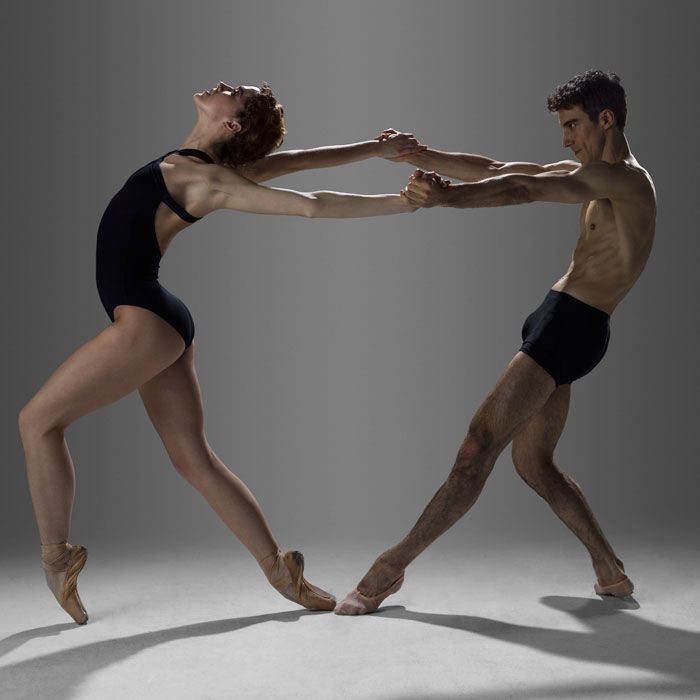 Corps de ballet members need to be very similar in height and shape, as with the traditional classical ballets, a company will have the corps appearing to be the same. There may be a variance in heights within the one company but in general they would still maintain a commonality with the group and henceforth a standard physique is required.
Corps de ballet members need to be very similar in height and shape, as with the traditional classical ballets, a company will have the corps appearing to be the same. There may be a variance in heights within the one company but in general they would still maintain a commonality with the group and henceforth a standard physique is required.
Even though the training physique ideally needs to conform to the standards as previously stated, the professional dancer really can come in all shape and sizes – short, tall, wide, narrow, buxom, large hips, or long torso. What is important at this level is their ability as dancers. The males at a professional level should all generally be strong enough to adhere to all the rigors required of lifting.
Related Items:ballet, ballet body, classical ballet, dance, Dance Informa, dance magazine, dancer body, dancer’s physique, http://www.danceinforma.com
How to become a dancer who does not interfere with anything?
Who is a dancer? A person who moves his arms and legs to the beat of music or his own internal rhythm is the simplest definition.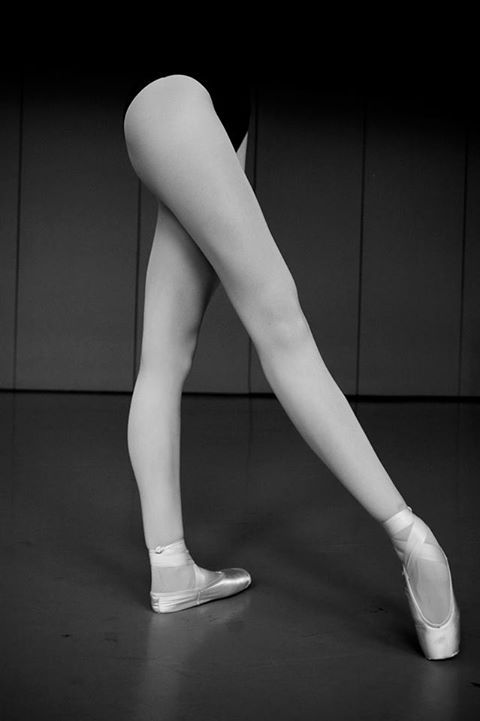 From the point of view of art, the body is the same instrument as the cello or violin. This instrument expresses emotions, feelings and moods. Dancing is no less an art than wielding a brush. The harmonious unity of the mind, soul and body is important here.
From the point of view of art, the body is the same instrument as the cello or violin. This instrument expresses emotions, feelings and moods. Dancing is no less an art than wielding a brush. The harmonious unity of the mind, soul and body is important here.
Someone thinks that the ability to dance is an innate talent sent from above. This is not always the case, everyone can become a dancer. Anyone who loves music, who enjoys moving to it, is in fact already a dancer, in the broadest sense of the word. However, to become a truly professional dancer, you need aspiration, desire and perseverance.
As a rule, the title of a professional is given to someone who has studied several years in a dance class. Behind him are more than a dozen performances on stage, knowledge of the names of all dance movements and a pack of costumes on hangers.
When it comes to street dancing style, the academic school will not help here. A professional on the street is the one who dances the best in the area. Many people ask: how to become a street dancer? Only one way: watch and repeat. Watch how they do, what they do, what kind of music. Repeat at home in front of the mirror, over and over, until the result is satisfactory. The style of street dancing has long been on the stage, and you can learn it in studios with teachers. Of course, even when working in the studio, you cannot do without repetitions at home. You need to constantly hone your movements.
Many people ask: how to become a street dancer? Only one way: watch and repeat. Watch how they do, what they do, what kind of music. Repeat at home in front of the mirror, over and over, until the result is satisfactory. The style of street dancing has long been on the stage, and you can learn it in studios with teachers. Of course, even when working in the studio, you cannot do without repetitions at home. You need to constantly hone your movements.
Success in the art of dancing directly depends on the goals set. Some want to dance professionally in the styles of Hip-Hop or Go-Go, others strive for a professional career in ballroom dancing, and others have long dreamed of participating in dance theater productions. People who from the very beginning wonder how to become a professional dancer often become the leading choreographers and art directors of their own dance studios.
Where to get knowledge to achieve your goals? We have already talked about the method of observation and self-study, as well as classes in dance circles. Another way to learn is to participate in master classes by visiting specialists and dance competitions. Any professional activity, including dancing, requires the intervention of experienced teachers. Dance competitions will help you get the necessary criticisms and tips to improve your technique. Naturally, one must be prepared for disappointments. But not a single remark should stop a true dancer on the way to his goal.
Another way to learn is to participate in master classes by visiting specialists and dance competitions. Any professional activity, including dancing, requires the intervention of experienced teachers. Dance competitions will help you get the necessary criticisms and tips to improve your technique. Naturally, one must be prepared for disappointments. But not a single remark should stop a true dancer on the way to his goal.
When a person thinks about how to become a good dancer, he thinks about how to acquire technique and finesse of movement, while forgetting about personal qualities. But they are no less important than the baggage of knowledge and experience gained. A lot is decided by the energy and charisma of the author of the issue. Does he have a talent, or does he mechanically repeat the learned movements? Is he lethargic or does his temperament make him get up from his chair and give a standing ovation? It is personal qualities that sound the very final chord that affects success.
Along the way, in the world of dance, physical abilities are improved, as well as spiritual traits of a person's character. Success in this field can boost self-confidence.
When deciding what events to go to and how to become a dancer, the main thing to remember is that you should like the dance style. The body should literally "tear to dance" with the sounds of salsa or flamenco. Dance revives energy and mood. After all, it is not without reason that there is an opinion that dance is life.
Sign up for free class
Just fill in these fields
and we will contact you
Hip-Hop DancingDanceHallTwerk | Booty DanceTwerk | TwerkGo-Go | Go-GoBreakdancePoppingJazz FunkStretchingHouse DanceBody WorkHigh HeelsBody MadeContemporaryContemporary DanceStreet DanceRhythmDanceHall KidsStreet DancingBooty Dance | Booty DanceContemporary ChoreographyKrump | KrumpLady's StyleWaacking & VogueRagga | RaggaClub DancingBaby DancingWedding DanceExperimentalIndividualVIP GroupsHip Hop ChoreoBallet / ChoreographyBooty Dance | Booty Dance Jazz Modern Street Dance Kids Street Dance Kids Pro0003
Dance Directions
- Hip Hop Dancing
- Hip Hop Dancing
- DanceHall
- DanceHall
- Twerk | Booty Dance
All directions
How to become a professional dancer?
Many young people today do not just want to learn how to dance beautifully, but seriously dream of becoming a professional dancer. This unusual profession attracts romantics and connoisseurs of beauty.
This unusual profession attracts romantics and connoisseurs of beauty.
More often only girls and young girls dream of becoming dancers, fascinated by the light and air images of ballerinas. Indeed, what could be more beautiful than shine on stage, receive flowers from fans every evening and listen to applause! This magical picture is mesmerizing, and the prospects become gray an office worker cause only bouts of melancholy.
However the path to the top of a career as a professional dancer is not as easy as it could be appear at first glance. As in any business, this area is filled not only beauty and smiles, but also difficulties hidden from the eyes of the audience.
Before than to make a decision about choosing a profession, the future ballerina, as well as her parents should know what is hidden under the beautiful title of "ballet dancer". Costs note that in many professional groups the position of a dancer sounds as a "ballet dancer", regardless of the stylistic direction of the choreography.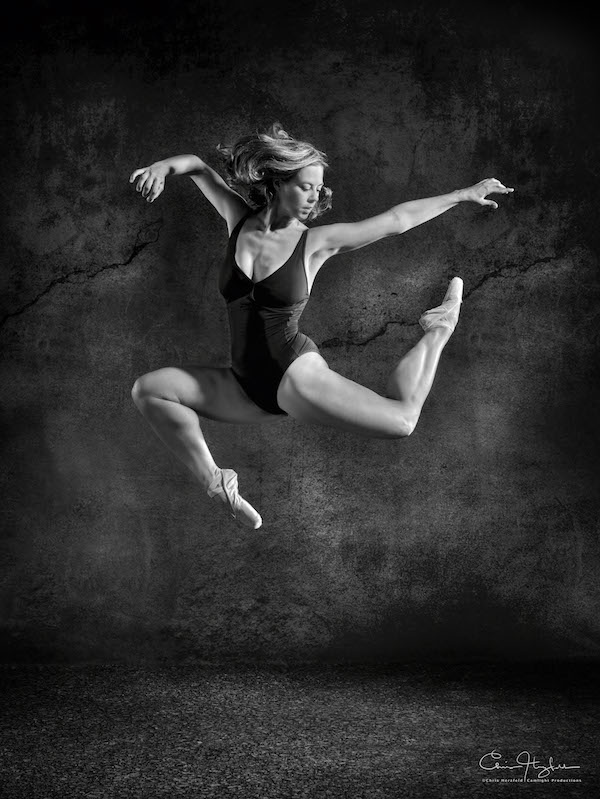
Consider advantages and disadvantages of such a profession as "dancer" or "ballet dancer". Assessing them, it will be easier for you to make an important decision or to abandon it.
What Pros and prospects are given by the profession "ballet dancer"
- Excellent physical shape on throughout life. Professional dancers are distinguished good physical form. In order to have the correct posture, thin waist and tightened hips, dancers do not need to visit gyms and fitness clubs. The physical form remains ideal in the process of daily performance of their professional duties. Work schedule for dancers so saturated, and the physical load is so high, that all this is not allows people in this profession to gain excess weight.
- Opportunity to see the world in within the framework of professional activity. Dance profession associated with active touring activities. Typically the most famous choreographic groups visit major European cities, and all without exceptions continents and countries. Work schedule provides dancers a wonderful chance to see the world without spending your own money on it.
Work schedule provides dancers a wonderful chance to see the world without spending your own money on it.
- Fame, admiration, recognition and love of the audience. An integral attribute dancer's professions are the love of the audience, applause and, finally, the real glory. Choreographic activity will become an ideal profession for those who childhood to strive for admiring glances and under the footlight feels like fish in the water. Dancers on stage live a special life. Many people are attracted to profession with an incomparable feeling of flight and the release of adrenaline into the blood under thousands of admiring glances.
- Profession is a favorite occupation. Most often, dancers become by vocation those people for whom choreography is a favorite pastime that has become a profession. Highly it is difficult to imagine a good professional dancer who would not love my job. Here, more than anywhere else, burning eyes and emotional dedication. This becomes possible only if the dance is for of a person is the most favorite occupation in life and the only possible choice professions.
This becomes possible only if the dance is for of a person is the most favorite occupation in life and the only possible choice professions.
- The profession is related to beauty. The work of a dancer perfectly develops a sense of style. Professional dancers - some of the most beautiful people in ordinary, everyday life. Thanks to daily work with stage costume and make-up people of this profession harmoniously develop a sense of proportion and aesthetic perception.
- Dancers are always in the focus of the media, on the TV screen. One one of the advantages of the profession is the fact that dancers can often be seen central television channels. Concerts with famous bands broadcast on TV quite often. In addition, dancers are often invited to participate in the filming of video clips and commercials. For many young people and girls, this becomes a significant incentive to choose dance art business of a lifetime.
- Opportunity to create your own dance school.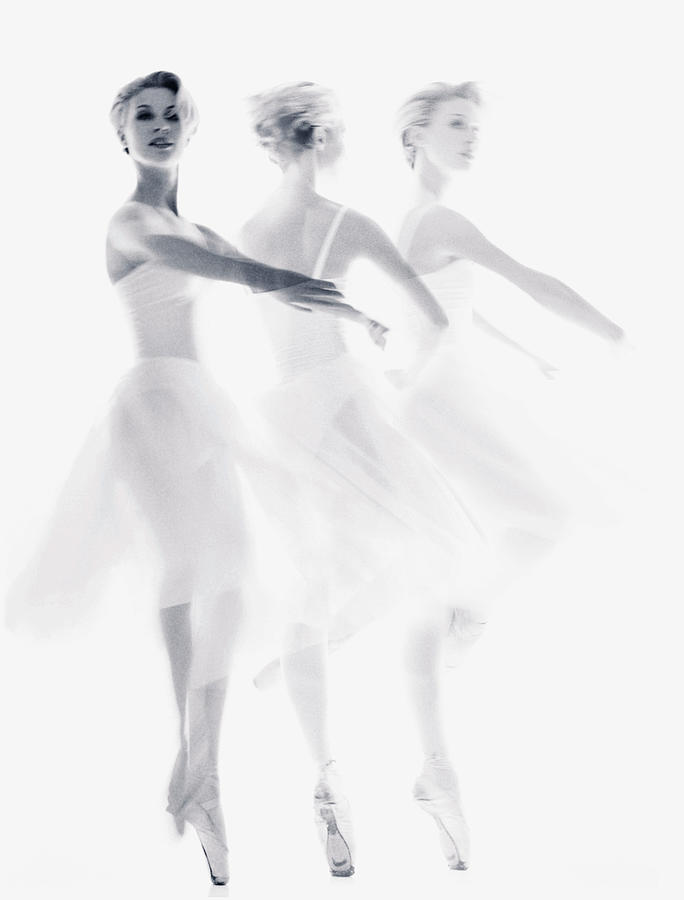 Very often a logical continuation the career of a dancer becomes the career of the owner of a choreographic school or dance group leader. This enticing prospect attracts very many future stars of the scene.
Very often a logical continuation the career of a dancer becomes the career of the owner of a choreographic school or dance group leader. This enticing prospect attracts very many future stars of the scene.
Underwater stones of dance art as a profession
- Daily physical labor. Having done choreography by their profession, young people must be prepared for the daily hard work. Many hours of training at the ballet barre, rehearsals and staging new dances, mastering unfamiliar styles, mandatory attendance master classes from famous choreographers, as well as evening performances on stage. Often you will have to perform in open areas under the scorching sun in heavy suits. Becoming a dancer, you will no longer have the opportunity to relax, as it is necessary always keep yourself in shape.
- High risk of injury. Rare there is a dancer who has not experienced at least one professional injury. dancers hurt ankles, knees, tear back, damage ligaments. not excluded fractures and sprains. It must be remembered that the body is a working dancer's instrument. In case of damage, we can talk about professional unsuitability and parting with a career as a dancer.
not excluded fractures and sprains. It must be remembered that the body is a working dancer's instrument. In case of damage, we can talk about professional unsuitability and parting with a career as a dancer.
- Age restrictions. Century the dancer is short. It is unlikely that you will be able to shine on stage and be a soloist after as a dancer turns 35 years old. Since this age is associated with the heyday vitality, sunset in the professional sphere can lead to unwanted psychological consequences, the development of depression and feelings of inferiority.
- Difficulty balancing work and personal life. Unfortunately, very often professional dancers fail to create a family, become a happy mother and wife. Due to the tight touring schedule, the free time of the dancers is very limited. At the same time, heavy loads can cause hormonal disruptions and reproductive difficulties in women.
C where does the dancer begin
For in order to become a dancer, first of all, you need to get an initial choreographic education. The most successful in the profession are those who I started dancing in early childhood, at the age of 5-6 years. Already at this time girls and boys are accepted into choreographic schools, which issue a certificate according to their ending. At this stage, a great responsibility lies with the parents, who should notice in time the giftedness and ability to dance in their child.
The most successful in the profession are those who I started dancing in early childhood, at the age of 5-6 years. Already at this time girls and boys are accepted into choreographic schools, which issue a certificate according to their ending. At this stage, a great responsibility lies with the parents, who should notice in time the giftedness and ability to dance in their child.
To make no mistake, just bring your child to the choreographic school for viewing. Here, experts will determine exactly how successful they can become. child in dance art. As a rule, to determine giftedness and the potential ability to learn to dance in a child is possible already at the age of 5 years.
Requirements to those entering choreographic schools
dance school, an aspiring dancer will need to continue their education. At the same time, it is desirable to constantly dance in some choreographic team, gaining performance experience.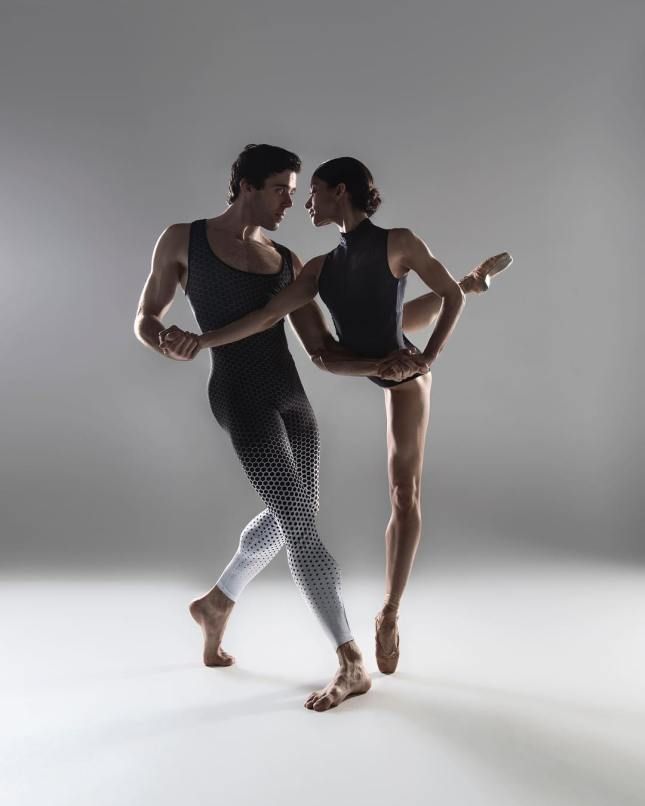
How as a rule, choreographic schools, studios and colleges present to applicants similar requirements:
- Talent, creative giftedness.
- Musicality, perfect ear, sense of rhythm.
- Compliance external and physical data to the requirements of the school, college or dance team.
school, the competition commission evaluates with prejudice such data of applicants, like height, weight, stretch, flexibility, plasticity, eversion, ballet length step, as well as the presence of an ear for music.
Remember that ideal data only opens the door to the world of dance opportunities. Whether you become a successful dancer depends on how much work and hard work will be applied to talent and creative endowment.
Even if your desire to conquer world scenes is very strong, remember that the profession a dancer is a way of life that not everyone can do.
So, choose the profession of a dancer if any other activity for you is completely unthinkable, and you see yourself only on the stage.